When we talk about streaming content, a key component involved here is data transmission or network traffic. In simple language, it is the process by which data streaming bits are transmitted over the internet from the source to the destination. There is more than one way to manage this transmission of content. We will get to know about unicast vs multicast vs broadcast. We will understand their key differences, purpose, and what is best for business. The essence of all of it lies in computer networks, broadcast addresses, etc, and try to discover what works best for video and audio distribution.
Broadcast today is an extensive business opportunity. From podcasts to live news to scheduled programs, a huge section of the broadcasts now happen via the internet. The internet is brimming with content. More and more creators are emerging every day to expand their audience which thanks to the internet is now getting increasingly global. Hence having the right network communication is crucial for better cost-effective streaming. Here we will try to explore the network segment of streaming and look for effective ways of transmitting data.
What is Unicast?
Unicasts are nothing but point-to-point communication in networking terms. During Unicast transmission, a chunk of data is sent from one device to another using specific IP addresses. In unicast transmission, the sender addresses each of the requirements individually. Thereafter communication happens from the network to a specific device only.
For streaming, unicast refers to the method of delivering content where a separate stream is sent to each viewer. This is a one-to-one communication model. Every user who streams a video gets their own unique data stream from the server.
Use Cases of Unicast
Unicast has very limited use cases in the free streaming industry particularly. It is an essential component of streaming, and it has to be personalized and very specific to the user. No two users access content on the same network. Popular among on-demand content providers, unicast offers great streaming quality and better ways to secure your content. For example, in cases of one-to-one video communications or simply transmitting sensitive video content to specific devices only. Unicast, therefore, is preferred in the OTT streaming industry. It is used by platforms such as Netflix to transmit their network traffic.
This means it is costly and therefore, usually the platforms that run unicasts often have subscription charges attached to it. When a user requests content, a fresh stream is generated to cater to that requirement. Thus, point-to-point communication on all the devices should be established.
Benefits of Unicast
Unicast has several benefits when it comes to personalized communication of content. For instance, since each user gets a specific tailored stream, based on the server, the quality is generally top-notch since it is not being shared. Since there is a single stream from the broadcast address to the destination address, it offers the best quality streaming.
Additionally, Unicast enables better security measures, such as encryption and digital rights management. This further ensures that content is securely transmitted and accessible only to authorized users.
What is Multicast?
Multicast group broadcasting refers to the simultaneous transmission of video content. A single stream of data or source stream from a broadcast address to multiple streaming devices or destination addresses with the same IP address. This means that the producer can distribute the same data to multiple receivers instead of creating individual connections for each of them.
Multicast works on one-to-many setup thus ensuring much better bandwidth usage when compared to unicasts hosted on the same device.
Use Cases of Multicast Streaming
Multicast protocols can be used for solving various streaming use cases. It is specifically used in live video streaming. Multicast ensures that once content delivery is approved, the user can get the streams via the multicast protocol on all the devices.
Benefits of Multicast
Multicast group is preferred over unicast as it saves a lot of server resources. Since only one stream is sent to multiple users, it saves money. When it comes to scalability, Multicast can handle large audiences without consuming extra server resources or bandwidth. Since most internet networks are optimized for unicast, multicast is less common in open web streaming. This is mainly used in controlled network environments like IPTV corporate intranets or the same multicast group.
Multicast communication is a powerful tool for efficiently distributing live content to many users at once, making it ideal for real-time broadcasts with large audiences, where bandwidth efficiency is a priority over personalization. Multicast group can therefore be a brilliant way to broadcast your content if it is on the same network.
What is Broadcast?
Broadcast on basically one-to-all communication where a single stream is broadcasted to the entire network. Anyone who wishes to use the revenue stream can access the network traffic. This method is a traditionally accepted method of streaming channels over satellite and now even with the internet-based linear programming.
An ideal for mass distribution of content, traditional TV and radio broadcasts are known to use this method. Broadcasts are frequency-based or address-based. Whenever a particular content is broadcasted on that frequency, any device in the network can access it by simply accessing it.
Use Cases of Broadcast
Traditional TV setups use broadcast forms of communication to transmit data. This further helps them reach a large audience on a particular network or region. An alternative to the traditional satellite-based broadcast is internet-based linear broadcast. More and more broadcasters are slowly shifting towards broadcast using products such as Muvi Playout for efficient internet-based streaming.
Broadcast streaming is used for emergency transmission of images. Broadcast is ideal for mass communication scenarios where everyone needs to receive the same information at the same time.
Benefits of Broadcast
There are several benefits of broadcast transmission. It is one of the older forms of transmission that still works wonders for mass delivery of the content. Its benefits include the sheer simplicity of delivering content to a mass audience. It is therefore ideal for linear broadcasts. Broadcast is efficient in scenarios where personalization does not matter such as 24/7 running channels on all the devices.
Unicast Vs Multicast Vs Broadcast: A Detailed Comparison
Unicast, multicast, and broadcast all offer their advantages and disadvantages. Streaming can be unique and at the same time, it can also be intended for a very large audience. Here is a table for your reference to understand what each one offers and what you should choose for your video streaming requirements. It also highlights the key difference between them.
Feature | Unicast | Multicast | Broadcast |
Content Distribution | One-to-one transfer | One-to-many transfer | One-to all transfer |
Bandwidth Consumption | High as there are individual streams for each user | Efficient as one stream shared by many users | Inefficient as the stream is shared to all incurring power and transmission costs |
Personalization | Fully Customizable | Somewhat customizable | No customization for individuals |
Use Cases | On-Demand Content | Live Events | Traditional TV broadcasting |
Key Benefit | Premium user experience | Ideal for limited-group streaming | Best for streaming to a very large audience |
So these are the key points to consider. Still unsure what works best for you? Why not opt for a streaming solutions provider? Many software solution providers can help you deploy your unicast, multicast, or broadcast. While broadcast is slowly diminishing, we have a solution that can help you take your traditional satellite-based broadcast setup and convert it to internet-based streaming.
Everything remains the same. You still earn from ads as it will be free ad-supported television enabled. However, on many fronts such as program scheduling, Muvi Playout, a linear internet-based streaming solution provider takes the edge and provides easy-to-manage software that is instantly deployed.
Muvi Playout: Best Broadcast Streaming Solution
Muvi Playout is a cloud-based linear TV and FAST channel provider that lets broadcasters successfully transition from traditional satellite-based setup to internet-based streaming. This opens an endless window of opportunities for them due to the massive reach of the internet and the limited equipment costs it comes with.
Muvi Playout can help you successfully launch such platforms with ease. Right from music streaming platforms to 24/7 sports streaming setups, Muvi Playout is capable of delivering top-notch linear TV solutions for your content. Some notable features of Muvi Playout that make it an ideal choice for your broadcast transition are as follows:
AWS CloudFront-based hosting for infinite scalability and lightning-fast content delivery.
Iconic drag-and-drop scheduler to create streaming schedule months in advance with an electronic program guide.
Optimized ad management for FAST channels to maximize revenue.
HLS links to stream playlists across players, devices, and platforms.
Fully customizable to accommodate all brand requirements.
DRM-enabled content delivery for secure content transmission and protection against piracy
Elaborate analytics with viewership insights for better program scheduling.
Easy to setup on any computer network.

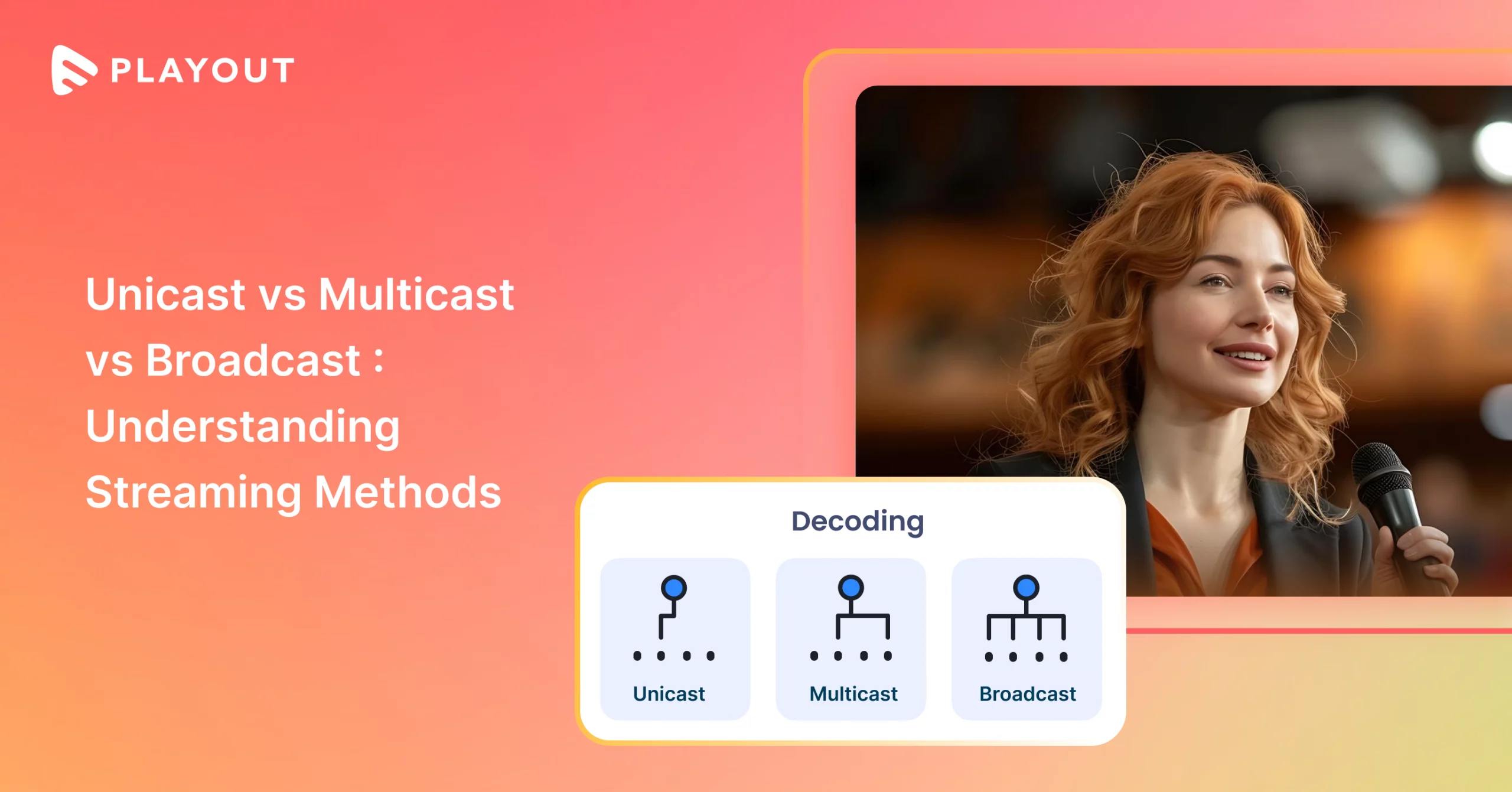




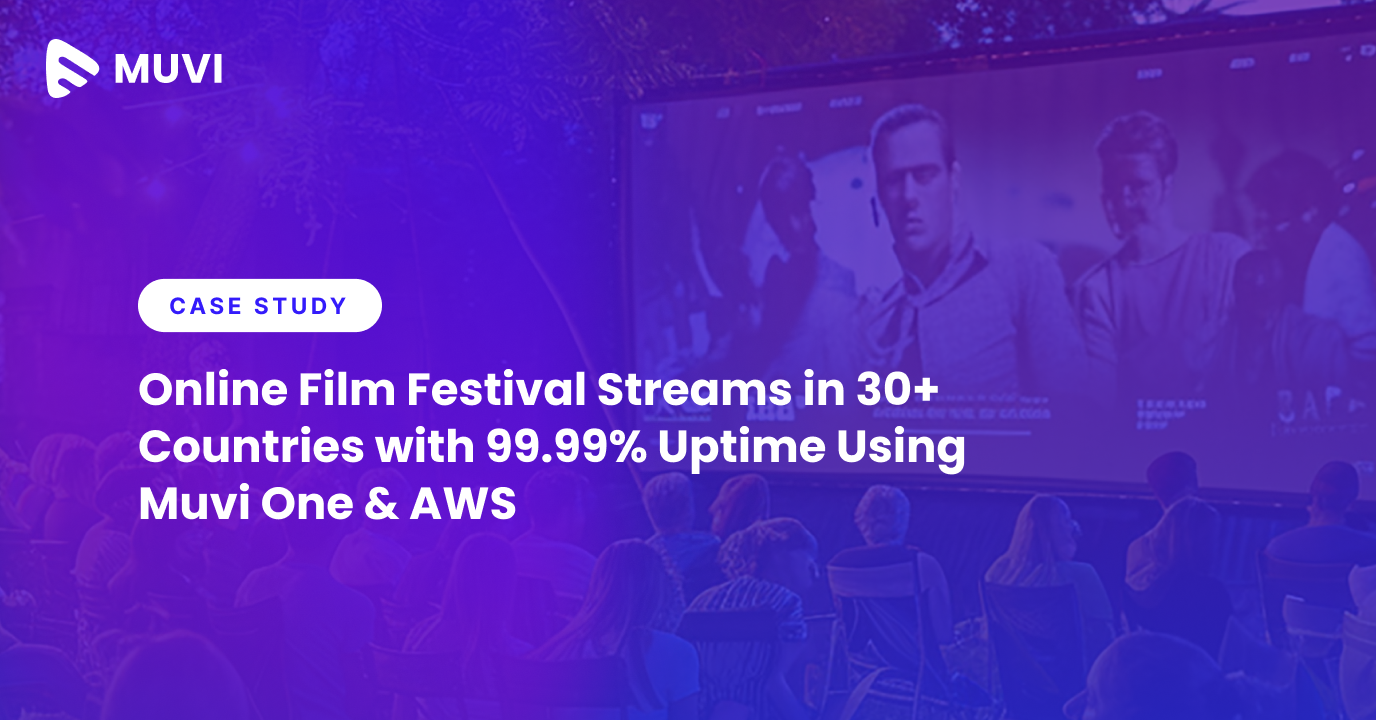




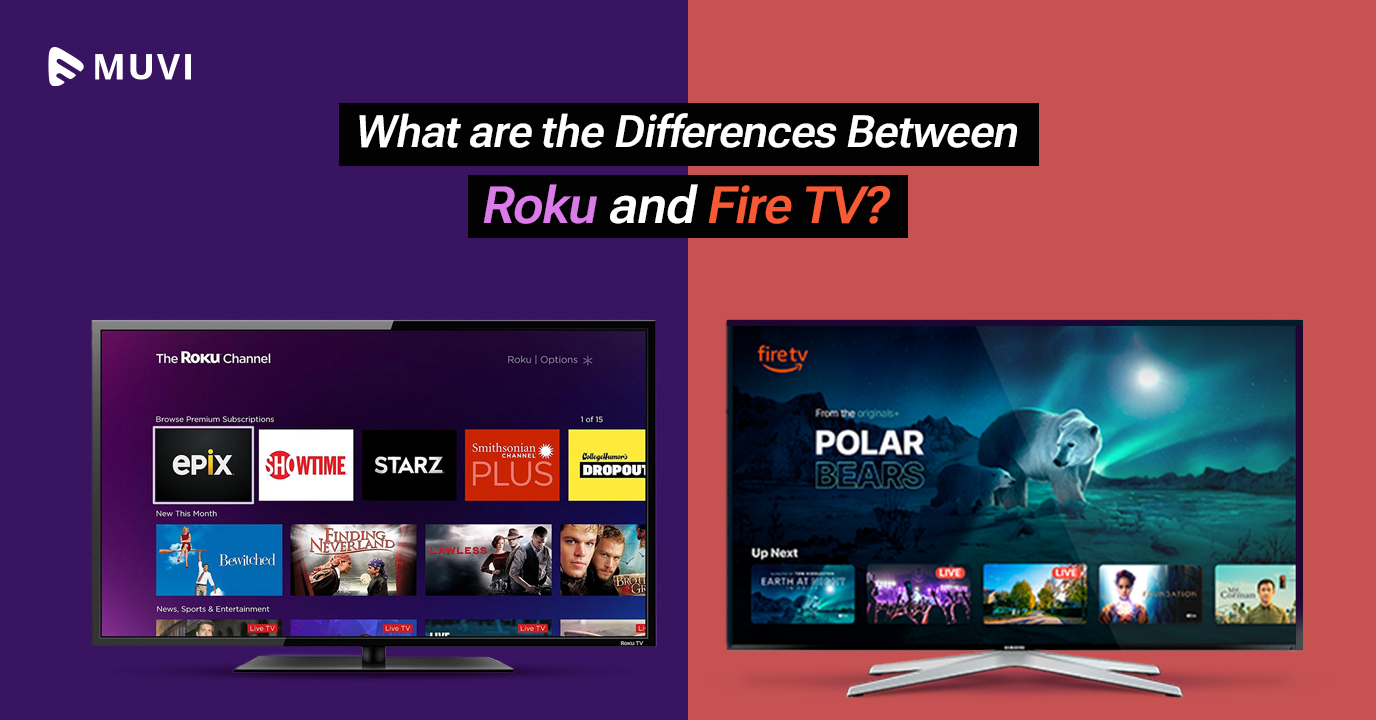
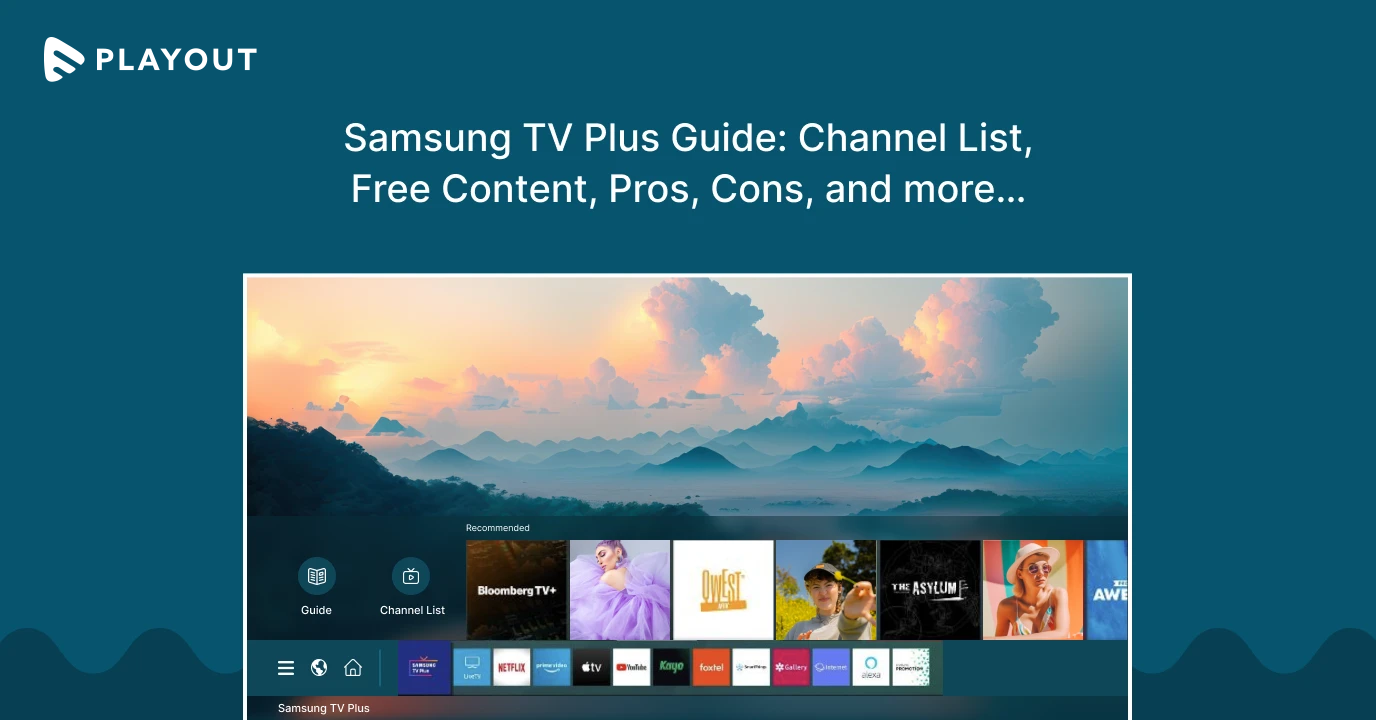
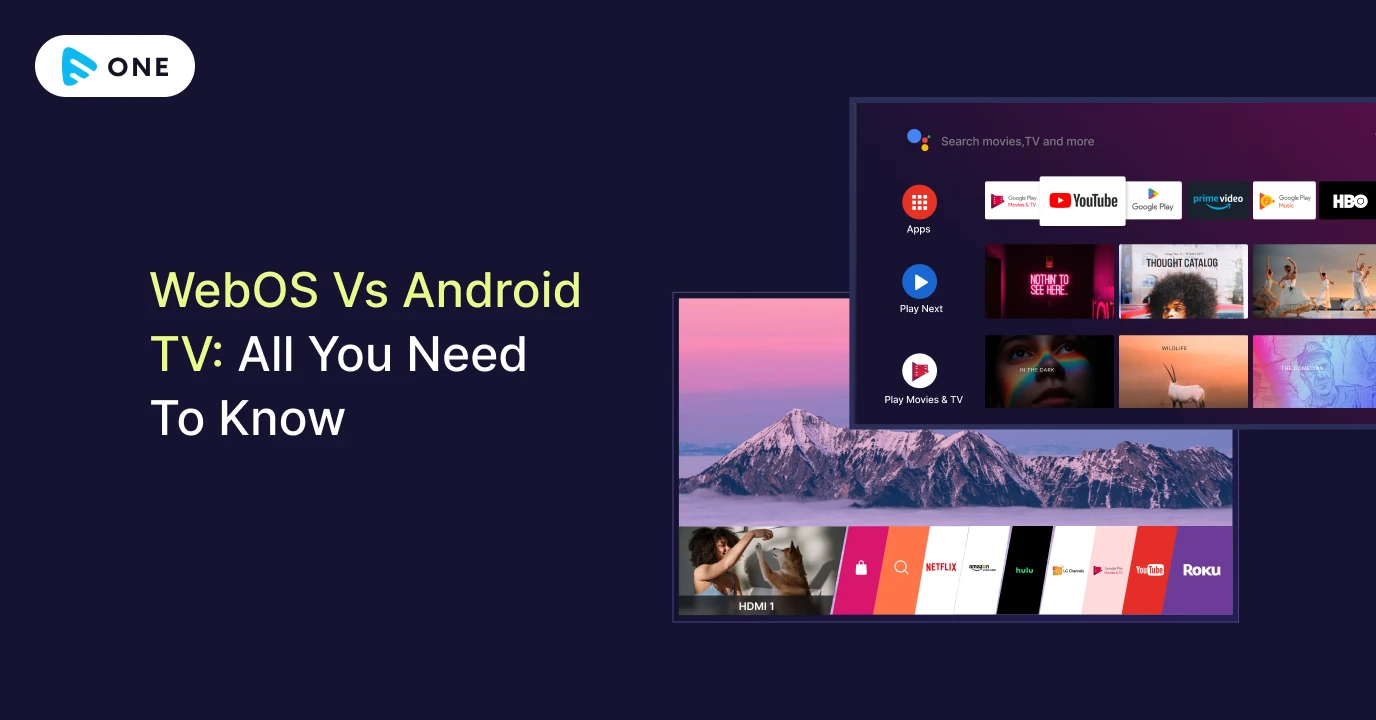



Add your comment